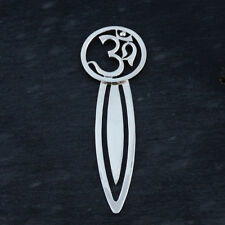
Om Symbol Meaning: A Comprehensive Exploration
The Om symbol, often depicted as a three-part sound, is one of the most sacred symbols in Hinduism, Buddhism, and Jainism. It is not just a symbol but a representation of the universe and the ultimate reality. In this article, we delve into the meaning of the Om symbol from various dimensions, including its origins, spiritual significance, and cultural impact.
Origins of the Om Symbol

The Om symbol has its roots in ancient India, where it is believed to be one of the oldest symbols in the world. It is mentioned in the Rigveda, one of the oldest sacred texts of Hinduism, dating back to around 1500 BCE. The symbol is made up of three distinct parts: the A, U, and M sounds, which are pronounced as “Aum” or “Om” in Sanskrit.
Historically, the Om symbol has been found in various forms, including rock carvings, seals, and artifacts. It is believed that the symbol was used as a meditation tool and a means of connecting with the divine. The three parts of the symbol represent the past, present, and future, as well as the unity of the mind, body, and spirit.
Spiritual Significance of the Om Symbol

In Hinduism, the Om symbol is considered to be the sound of the universe and the ultimate reality. It is believed that the sound of Om is the first sound that emerged at the time of creation and is the source of all other sounds. The symbol is often used in meditation, yoga, and other spiritual practices to invoke the divine presence and to achieve a state of inner peace and tranquility.
In Buddhism, the Om symbol is associated with the Buddha and is considered to be a sacred sound that can purify the mind and lead to enlightenment. It is often used in mantras and chants to invoke the blessings of the Buddha and to cultivate mindfulness and compassion.
In Jainism, the Om symbol represents the eternal soul and the ultimate truth. It is believed that the sound of Om can help the soul transcend the cycle of rebirth and achieve liberation.
Cultural Impact of the Om Symbol

The Om symbol has had a significant impact on Indian culture and has become a symbol of unity and peace. It is often used in art, music, and literature to represent the connection between the individual and the divine. The symbol is also used in various religious festivals and ceremonies to invoke the divine presence and to celebrate the unity of all beings.
In recent years, the Om symbol has gained popularity worldwide and is often used in yoga studios, meditation centers, and other wellness-related settings. It is believed that the sound of Om can help reduce stress, improve focus, and promote overall well-being.
Symbolism and Interpretation
The Om symbol is rich in symbolism and can be interpreted in various ways. Here are some of the key interpretations:
| Part of the Symbol | Meaning |
|---|---|
| A | Creation and the beginning of the universe |
| U | Existence and the present moment |
| M | Annihilation and the end of the universe |
Additionally, the Om symbol is often associated with the following concepts:
- The unity of all beings
- The connection between the physical and spiritual worlds
- The power of sound and vibration
- The transcendence of the ego
Conclusion
The Om symbol is a powerful and multifaceted symbol that holds deep spiritual and cultural significance. Its origins, spiritual meaning, and cultural impact make it a symbol that continues to inspire and connect people around the world. Whether used in meditation, yoga, or as a symbol of peace and unity, the Om symbol remains a timeless representation of the divine and the ultimate reality.


